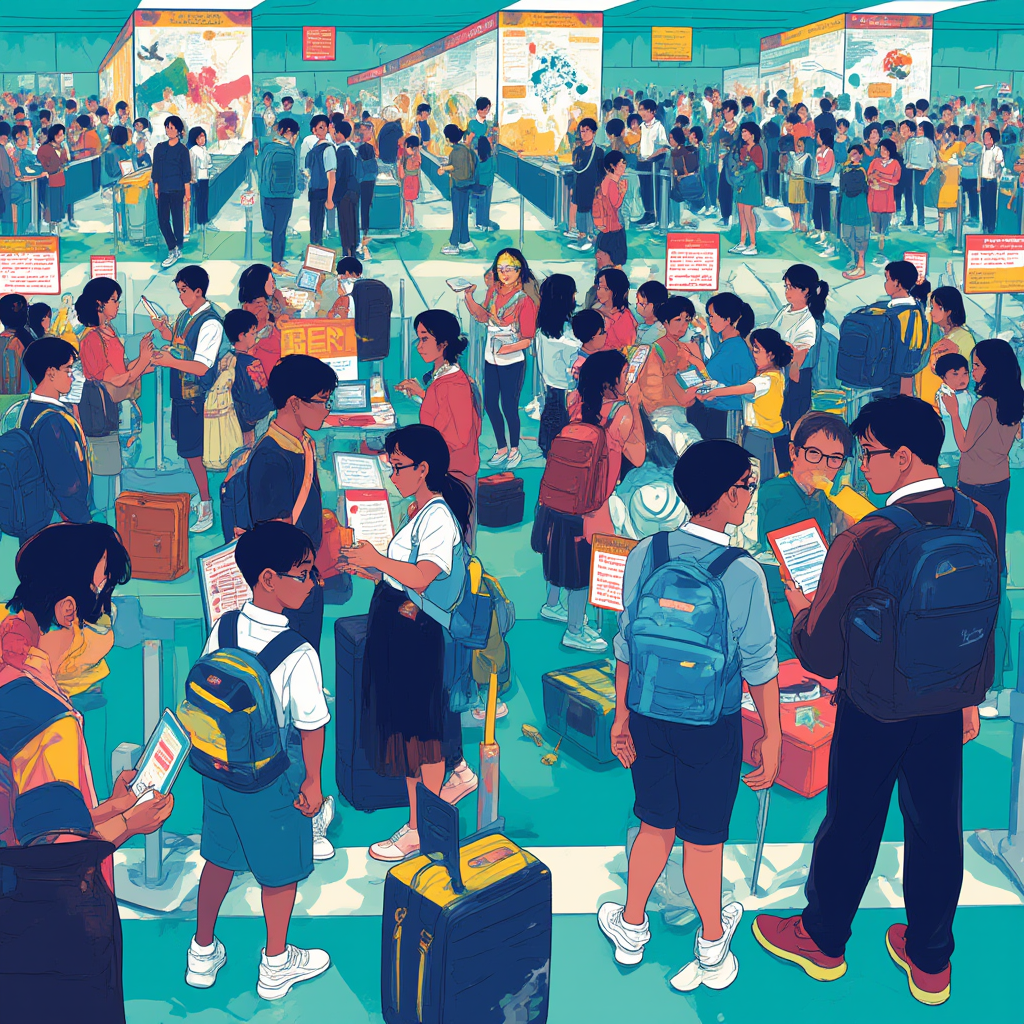Hurricane John Puts Acapulco and Puerto Escondido on Alert in Mexico: Know about the latest updates

Hurricane John Puts Acapulco and Puerto Escondido on Alert in Mexico: Latest Updates
On Monday night, Hurricane John rapidly intensified into a Category 3 storm, impacting Mexico’s southern Pacific coast with winds of 120 mph. The hurricane struck near Punta Maldonado, causing severe flooding and dangerous storm surges in tourist destinations such as Acapulco and Puerto Escondido. The sudden escalation of the storm has caught many residents and officials off guard, leading to urgent evacuations and emergency actions.
The President, Andrés Manuel López Obrador, urged citizens to prioritize their safety, emphasizing the importance of seeking higher ground. His message via social media highlighted the government's commitment to supporting affected communities.
By early Tuesday, Hurricane John had downgraded to a Category 2 hurricane with winds of 100 mph, but it still posed significant risks as it moved through Oaxaca and Guerrero. The U.S. National Hurricane Center warned of ongoing storm surges and flash floods along the Pacific coast.
Climate Change and Sudden Intensification
The rapid intensification of Hurricane John has raised concerns regarding climate change, as warmer ocean temperatures contribute to stronger hurricanes. AccuWeather’s Senior Meteorologist, Matt Benz, noted that this trend is becoming more prevalent and harder to predict, stating that we are witnessing storms unlike those historically recorded.
Rapid intensification refers to a storm’s sustained winds increasing by at least 35 mph within a 24-hour period, leaving regions little time to prepare for evacuation or take protective measures. Coastal cities in Oaxaca faced this reality as authorities struggled to issue timely warnings.
Evacuations and Emergency Measures
In light of the storm, Laura Velázquez, Mexico’s civil protection coordinator, called for immediate evacuations in coastal areas. Approximately 3,000 people were relocated in Oaxaca, with 80 shelters established statewide. Schools in Guerrero and Oaxaca were closed, and classes were suspended in impacted areas.
Businesses in Puerto Escondido closed as locals and tourists sought safety. Ana Aldai, an employee at a local restaurant, expressed frustration over the lack of preparedness, stating that the notifications were too quick, leaving little time to gather essentials.
Social media captured videos of the turmoil, showing heavy rains and winds, with tourists navigating flooded streets as fishermen rescued their boats.
The Ongoing Threat from Hurricane John
Although weakening over land, heavy rains from the storm remain alarming. Benz warned of potential stalling of the storm over coastal regions, leading to extensive rain and flash floods. Some areas could receive up to 20 inches of rain through Thursday, exacerbating damage in regions already affected by severe weather.
John's devastating effects come only a year after Hurricane Otis caused significant destruction in Acapulco, which faced criticism for the slow government response. In the aftermath, authorities committed to enhancing storm alert systems for better preparedness.
President-elect Claudia Sheinbaum indicated her administration's focus on improving early warning systems similar to earthquake preparedness efforts to reduce future disaster impacts.
As Mexico deals with Hurricane John, experts caution that the repercussions might last for weeks, impacting infrastructure, businesses, and community welfare beyond the immediate storm.




